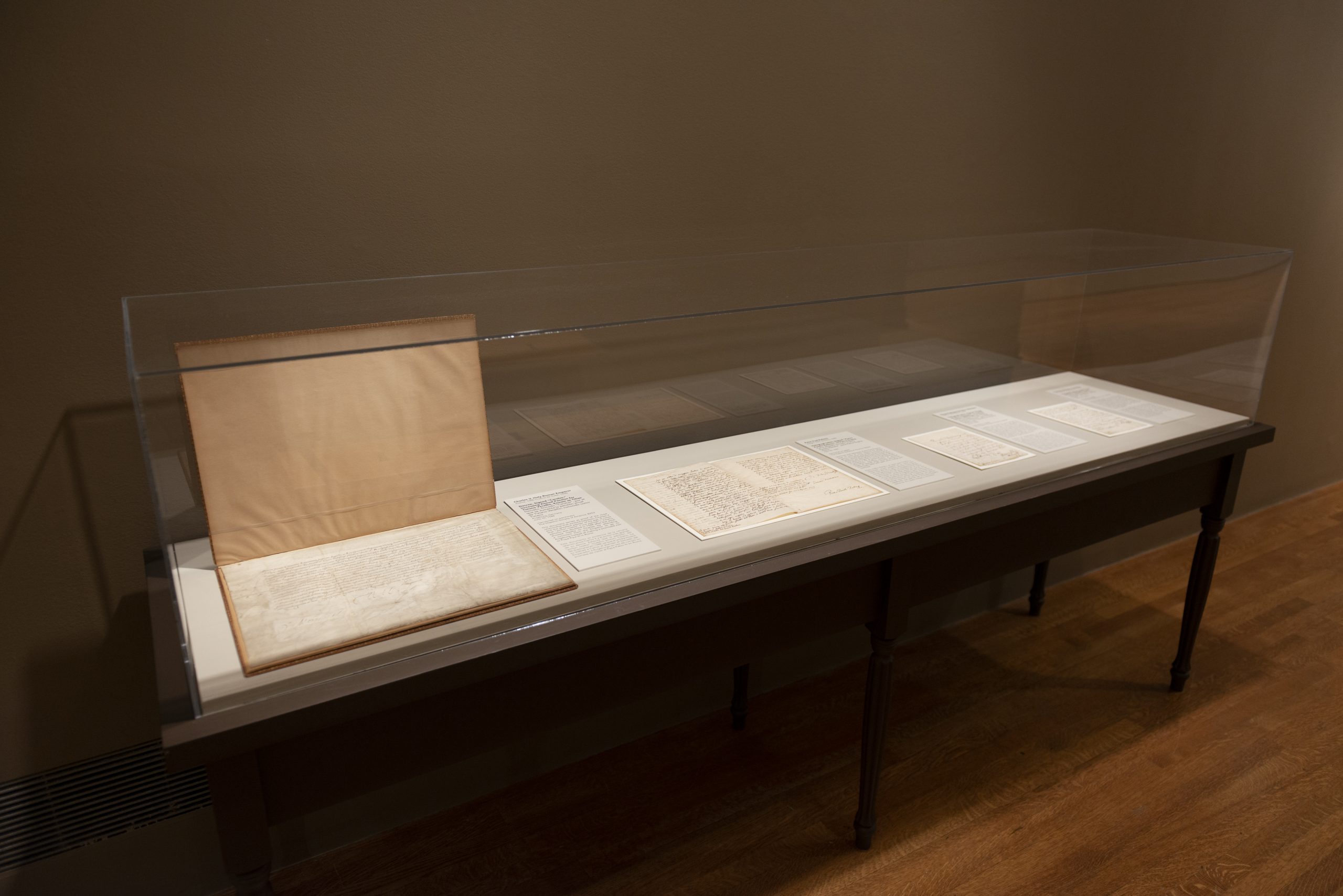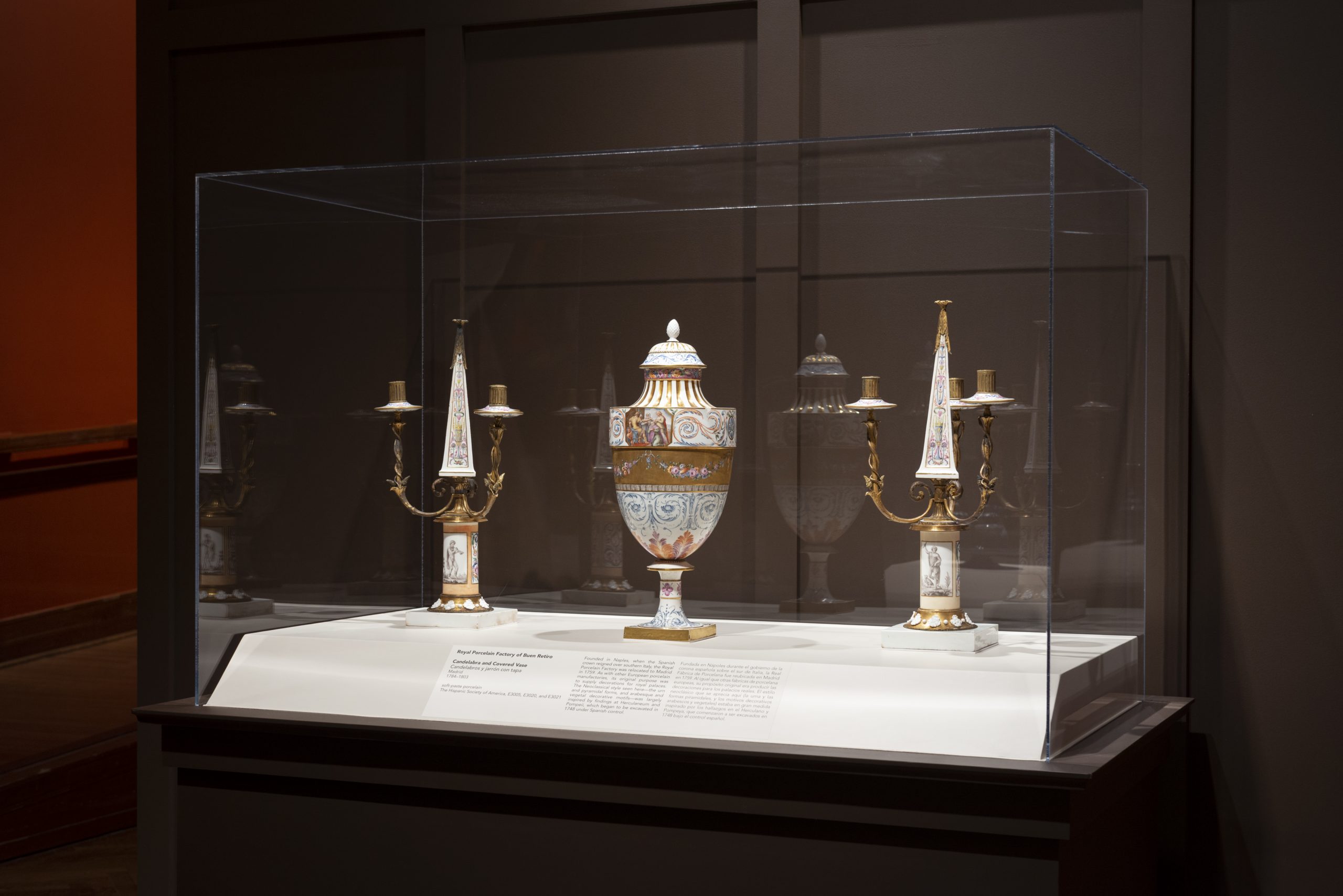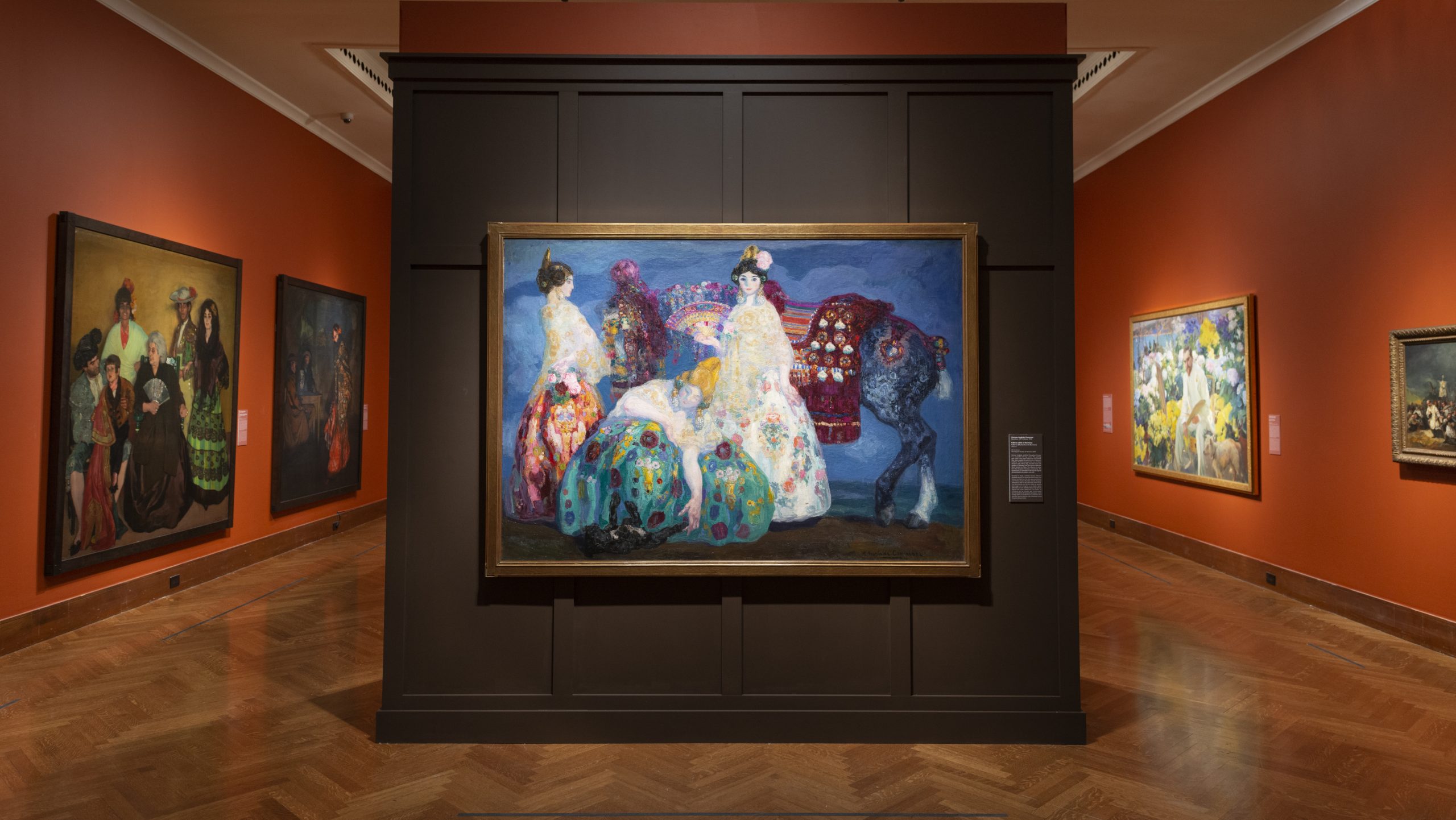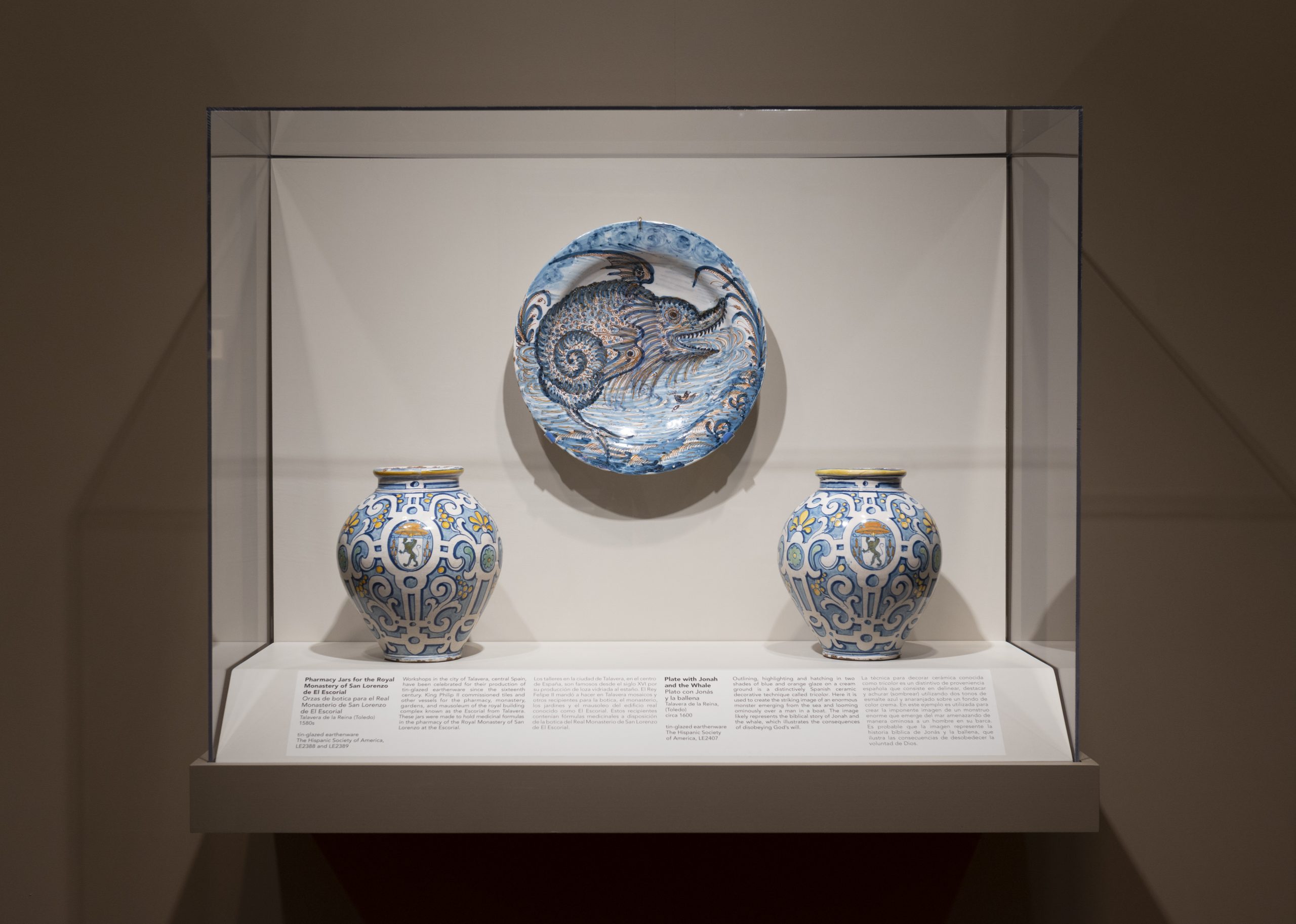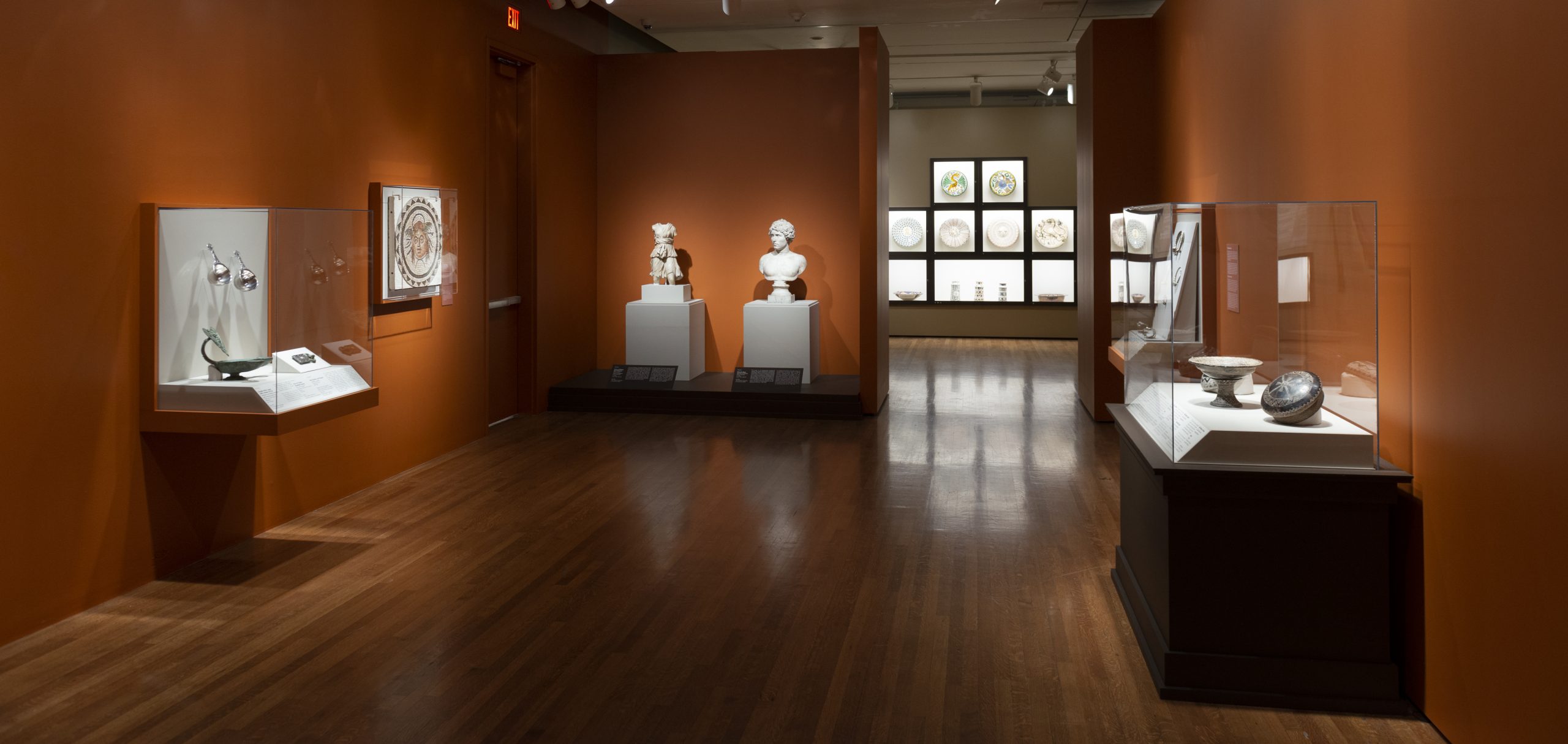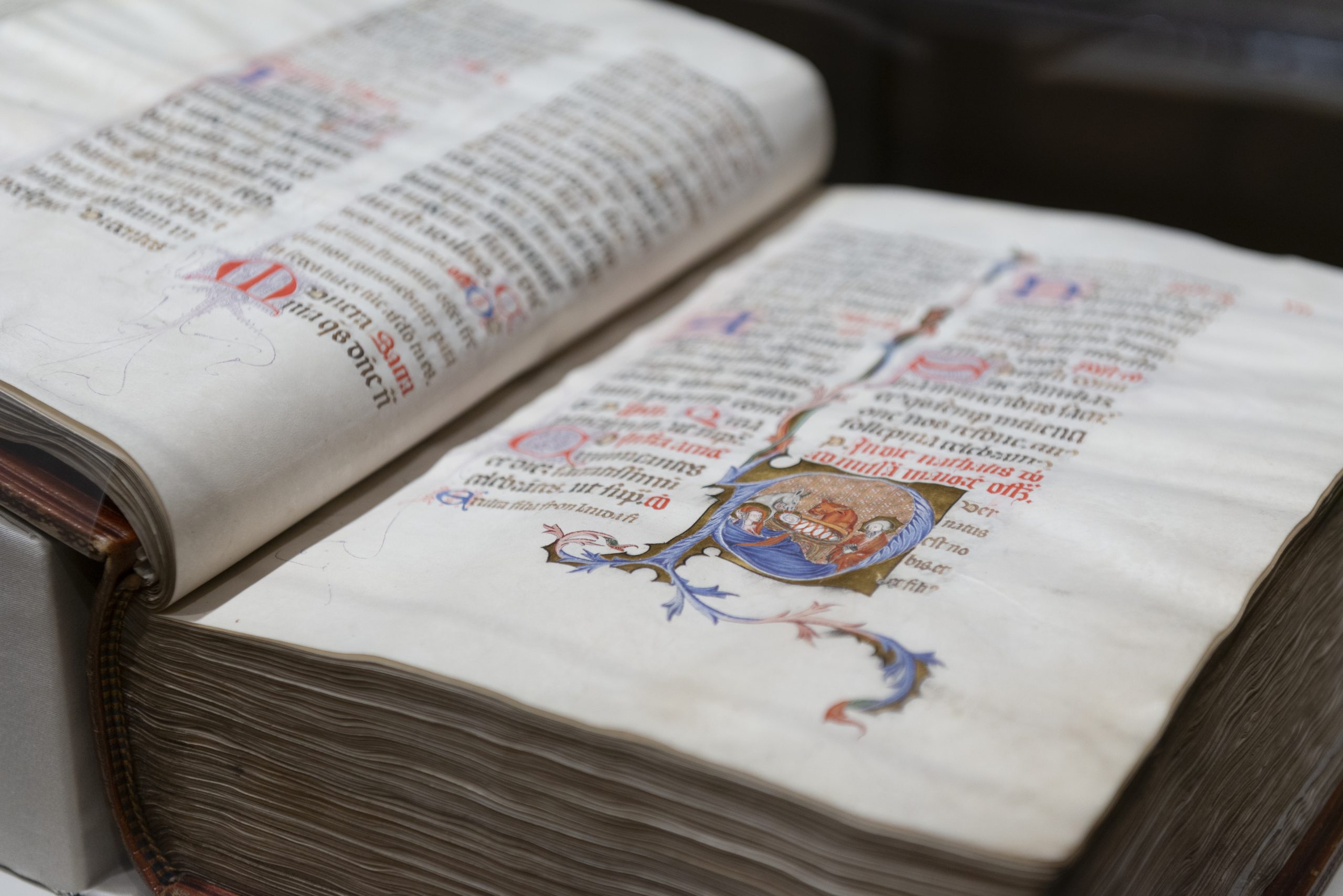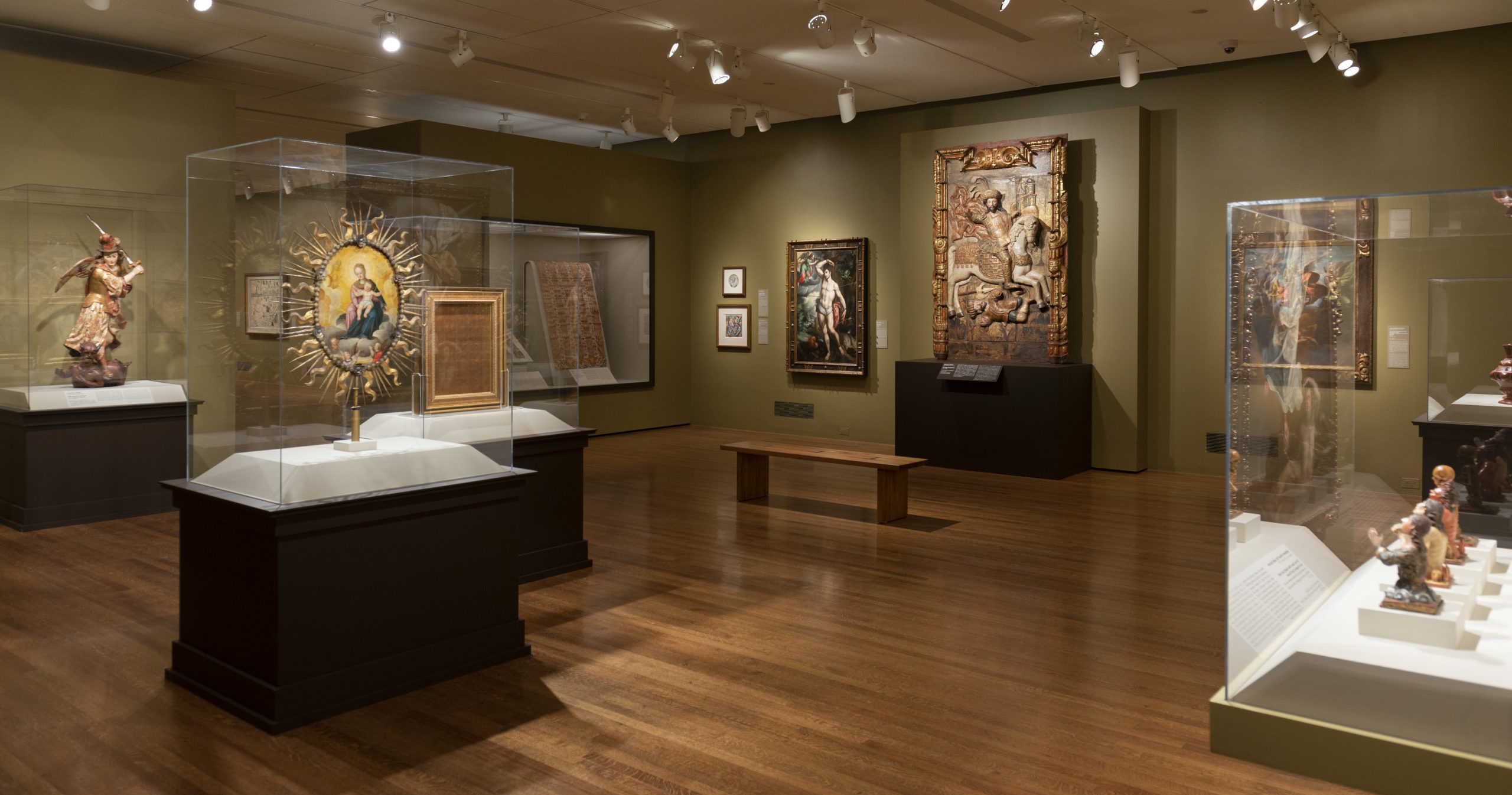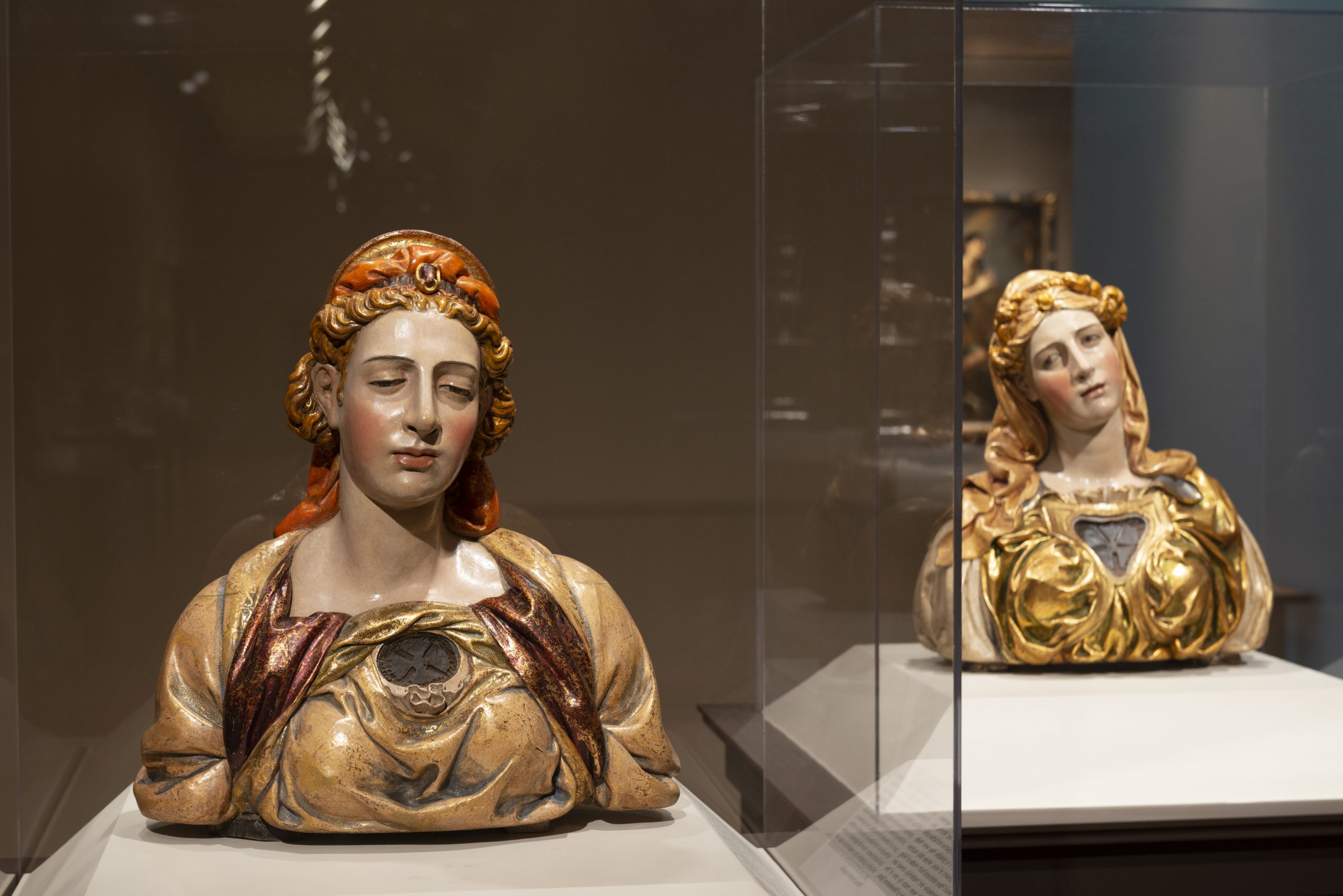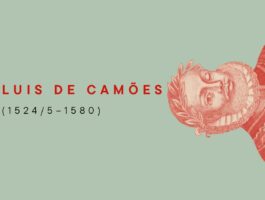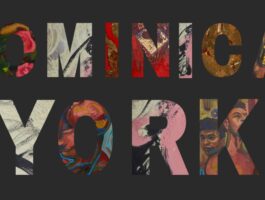Cincinnati Art Museum. Cincinnati, Ohio
Treasures of the Spanish World
Cincinnati Art Museum. Cincinnati, Ohio (October 25, 2019 – January 19, 2020)
The Hispanic Society has organized for the first time a major international traveling exhibition, Visions of the Hispanic World: Treasures from the Hispanic Society Museum & Library. The exhibition includes over 200 of the Hispanic Society’s most exceptional works from its renowned museum and library collections.
This exhibition spans over 4,000 years of the art of the Iberian Peninsula, and of Latin America from the 16th to 19th centuries.
Among the works of sculpture are an exceptional Roman portrait bust of a youth (ca. 138-50 AD); the alabaster Effigy of Mencía Enríquez de Toledo (1498) from the Workshop of Gil de Siloé; polychrome reliquary busts of Saint Martha and Saint Mary Magdalene (ca. 1545) by Juan de Juni; the exceptionally lifelike polychrome bust of St. Acisclus (ca. 1680) by Pedro de Mena; the terracotta group The Mystical Marriage of Saint Catherine (1692-1706) by Luisa Roldán; and from Latin America the polychrome altar panel of Santiago Matamoros (Mexico, ca. 1600), and the phenomenal group of polychrome sculptures The Four Fates of Man (Ecuador, ca. 1775) by Manuel Chili, known as Caspicara.
The Hispanic Society has masterpieces in all areas of the decorative arts. Included in Visions of the Hispanic World are Bell Beaker culture ceramics (ca. 2400-1900 BC); Celtiberian jewelry from the 2nd century B.C.; an exceedingly rare Umayyad carved ivory pyxis by Khalaf from Madinat al-Zahra (ca. 966); Hispano-Islamic silk textiles of the 13th-15th centuries that include the only known complete “Alhambra silk”; some of the finest examples of lusterware from the 14th-16th centuries; and fabulous ironwork from the 15th and 16th centuries. Drawn from the Hispanic Society’s magnificent collection of ceramics are tin-glazed earthenware from Talavera and Alcora, along with Buen Retiro porcelain, spanning the 16th-18th centuries; and Latin American ceramics and lacquerware of the 17th and 18th centuries.
Visions of the Hispanic World also includes numerous treasures from the Hispanic Society’s renowned library, the most important collection of Hispanic manuscripts and rare books outside of Spain. Included in the exhibition are royal charters from the 12th-15th centuries; the Black Book of Hours (ca. 1486) of María de Castilla; a gloriously illuminated Hebrew Bible (1450-1497); Map of the World (1526) by Juan Vespucci; the holograph instructions of Holy Roman Emperor Charles V to his son Philip II (1534) on how to be a king; the Zapotec Genealogy of Maccuilxochitl (Mexico, ca. 1570); and the Map of Tequaltiche (Mexico, 1584) from the Relaciones Geográficas prepared for Philippe II.
The exhibition was inaugurated in June 2018 at the Museo del Palacio de Bellas Artes in Mexico City, more than 50,000 people visited over its three month period.
CATALOGUE
The exhibition catalogue has been organized and edited by Mitchell A. Codding, Executive Director of the Hispanic Society and Curator of the exhibition, in collaboration with recognized specialists. The catalogue entries were prepared by Constancio del Álamo, Marcus B. Burke, Mitchell A. Codding, Patrick Lenaghan, Margaret E. Connors McQuade and John O’Neill, curators of Hispanic Society Museum & Library.

